Kayaking is one of the most popular watersports in the world. It is an amazing thing to do with. It not only heals your mind but also socializes you with some extra exercise. Many people think that it is hard to do or unsafe.
But the reality is that it is not that hard or unsafe what people think about it. Just get a kayak and launch it on water and then paddle it. Is it that simple? Yes, it is!
But before going to launch your kayak on the water some basics of kayaking should be learnt as a precaution. To ensure the best enjoyable time on the water here are some basics to learn.
Table of Contents
Basics of safe kayaking
Don’t drink alcohol
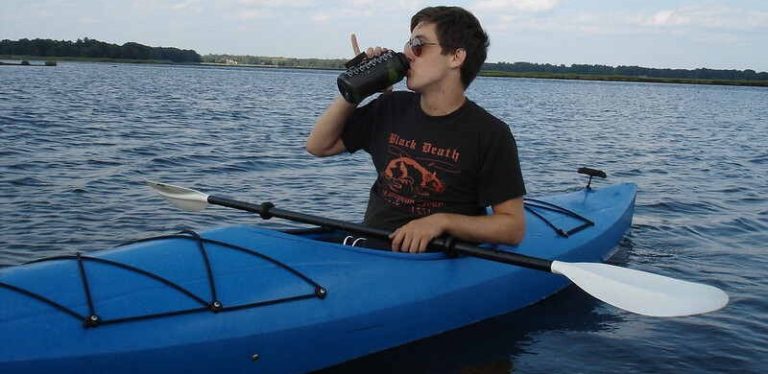
Never drink before going for paddling because alcohol and water can never be a friend. If you drink more you may lose control of yourself and it can be unsafe for you.
Also, there are some regulatory issues to abide by. Some states have their own rules. So have a look before planning for such.
Wear life jacket
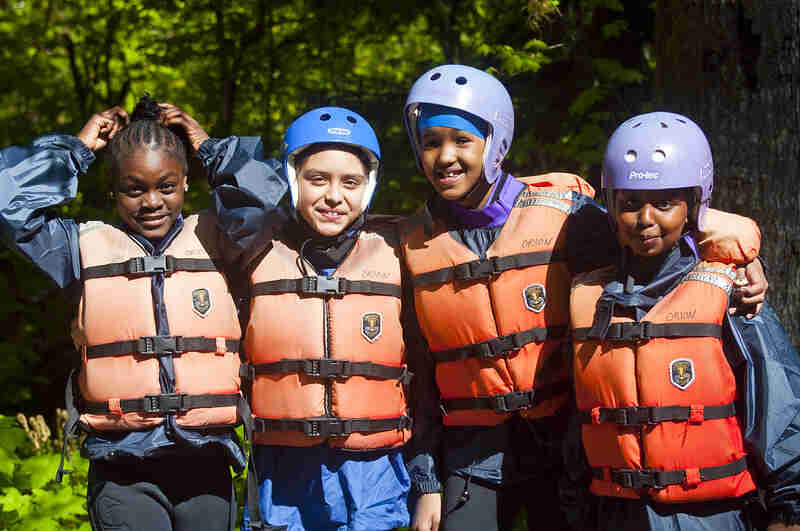
Whether you know how to swim or not life jacket will give you confidence during paddling. Many people do not want to wear a life jacket because it is uncomfortable. But in the market, there are many life jackets are specially made for kayaking. These personal floatation devices (PFD) are comfortable and allow your arms to rotate easily.
Choose an appropriate location
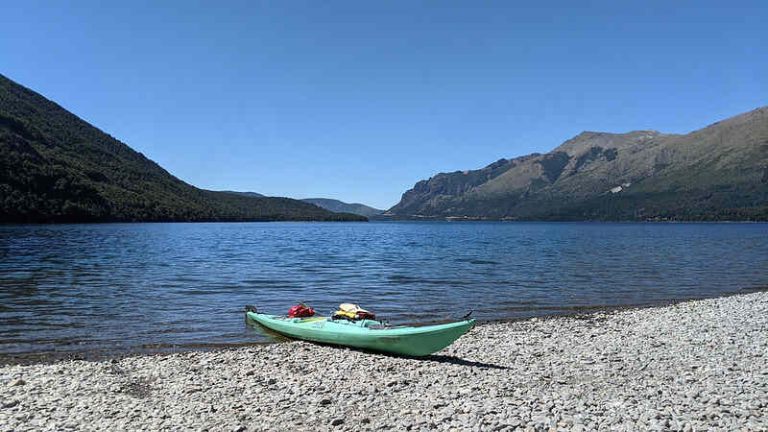
Before selecting of kayaking location first, think about your kayaking expertise level. If you are a beginner you should choose calm water and a good access point for launching your kayak.
Safety equipment list
Always keep some basic safety gear like PFD, ropes, VHF radio, whistle, primary aid box, dry food box, etc.
Paddle with buddy
Sometimes we want to explore the beauty of nature alone. It is really amazing to be nearer to nature. But from a safety perspective, you should do kayaking with your partner or group. This will give you extra safety in case you fall in a hazard though I wish not.
Always keep fresh water
You might be lost in the beauty of nature during kayaking. It happens when we love something very much to do. Kayaking is also that kind of thing. But your body needs something essential that should never be lost from your mind. Your body should be hydrated to explore all the beauty of nature. That’s why you should keep sufficient water with you.
Temperature consciousness
Always check the temperature before going to kayaking. For safe kayaking wear a dry suit that will keep your body temperature comfortable.
So, make a list of emergency or necessary gears and equipment the day before going to kayaking. Learn more about safety so that you can also teach your fellows in case they forget something.
How to launch a kayak
Ok, now you have got some basics of kayaking. It’s time to get a few basics of launching a kayak to your favorite location. So, no more time-consuming. Let’s dive into the basics of launching a kayak.
Shallow Water Entering Method one
One method of getting into the kayak is the paddle bridge which works well either at a dock or at the shoreline. If you are boarding from shore, start from shallow water about an ankle depth of water.
Start by placing your paddle just after the cockpit rim at the rear side and then step in front of the paddle. Now grip the paddle shaft together with the kayak rim using both hands. Then squat down tipping the kayak towards you and keep the pressure down so that the blade is in contact with the bottom.
Use the paddle shaft and cockpit to support your weight. Then place one leg into the kayak followed by the next and settle into the seat. After settling into the cockpit, push the kayak against the shore using your hand.
Shallow Water Entering Method
Another way to enter your kayak from shallow water is to straddle your kayak with one leg on either side of the kayak then carefully squat down and settle into the kayak cockpit. Using the paddle tip pressed against shore slowly bring your legs into the cockpit. Once you comfortably settle then you are ready to go!
Entering From the Docking Platform
If you want to enter into a kayak from the dock pay some attention. Sometimes the dock may be higher than your kayak.
In that case, you may lose balance in entering the kayak. So, for safely entering the kayak, it is safer to enter into the kayak from a low height.
For entering from a height first position your kayak parallel to the dock then put one leg followed by the other putting your hands on the dock platform.
How to get out of a kayak
Exiting is the reverse method of entering. If you can enter a kayak successfully, you will be able to exit the kayak very easily. Let’s learn all the three methods of exiting that we learned earlier for entering.
Exiting at the shallow water method one
Exiting the kayak is the reverse way of entering the kayak.
First, take your paddle behind your seating and grip the kayak and paddle shaft together at the back of your seat.
Then press the kayak aside so that the paddle tip is pressed against the shore to maintain the balance of exiting. Then slowly bring out one leg from the cockpit followed by the other and then stand up.
Exiting at the shallow water method two
This method is a simple one. Just hold the paddle in front of you. Then grounding the blade bring out your legs carefully and place one on each side of the kayak. Then stand up.
Exiting on the docking platform
Getting out of the kayak is the reverse way of entering. Put your hands on the docking platform and stand on the kayak supported by your hands on the docking platform. Then rotate your hip towards the docking platform. Finally, sit on the docking platform and bring your legs out.
Every method of doing something looks easy. Take some time and practice a little bit before the final paddling. By practicing these basics of kayaking, I hope you will be the master of kayaking.
Basics of paddling a kayak
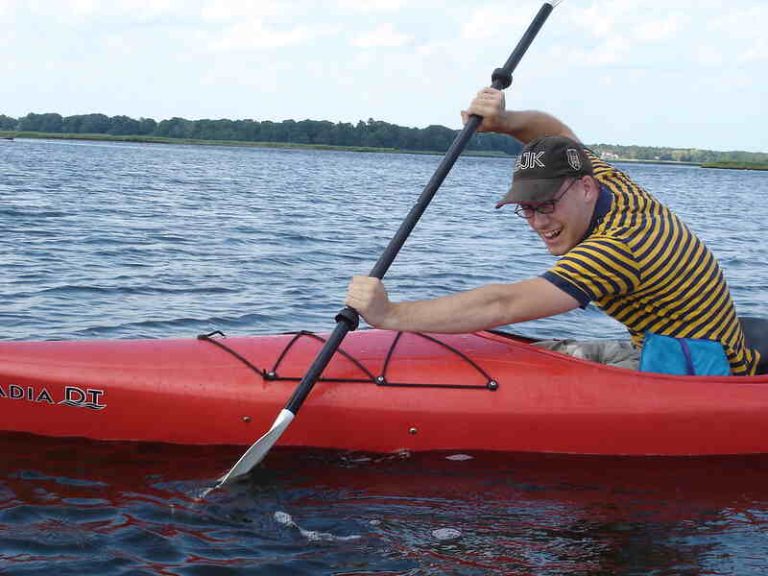
Paddling is one of the important basics of kayaking. It looks very easy to do. Just pick up a paddle and sit on the kayak and start paddling, that’s it! Well, it’s easy but not as easy as you think.
Without learning proper techniques anyone can paddle but they have to spend more energy. Proper techniques can help the kayakers to enjoy kayaking without any pain in their joints. That is why you need to learn the efficient way of paddling.
Practicing them can also improve your control capabilities during bad weather and unexpected situations. So let’s look at some basics of paddling a kayak.
Seating
Comfortable seating is a must for efficient paddling with less effort. Always sit upright not leaning back. If you paddle your kayak in a leaning back position, you might get back pain.
Your feet should rest comfortably against the footrests and keep flex not straight. This leg position helps you keep upright and reduces back pain.
Forward paddling technique
- Preparation phase
Grip the paddle with point finger and thumb. During paddling make sure that your grip is in line with your hand. If you over-grip your paddle shaft using all your fingers your wrist will immediately make a bend there. This will generate elbow pain and will not be efficient anymore.
- Power phase
During this phase, you have to pull your paddle inside the water keeping yourself upright position. As you bring the paddle towards the rear your body needs to rotate some degree.
If you paddle right side press against the right footrest, if left then the left footrest. Remember you don’t need a long paddle stroke, just an efficient one in your comfort zone.
- Recovery phase
The end of the power stroke is the recovery stroke. After finishing the power stroke at your comfort zone then pull the paddle up by bending your arm. Take the blade out of the water when it passes your hip.
Reverse paddling
If you want to go backside or want to slow down then this stroke is necessary. It is the reverse of forwarding stroke and it does not require a precise technique as forwarding stroke.
For this stroke reach back and plant the paddle behind your hip. Then rotate your torso some degree for pushing the blade towards your feet. That’s how you can go backside or pause your kayak.
Turning
For changing the path or going back to shore you may need to use this technique. It is very easy and interesting to do.
First, grip the paddle shaft as before. Then place the blade as forward as you can. Make sure that your paddle shaft remains as horizontal as possible to the water surface. The main difference between forwarding stroke and turning stroke is the angle of the shaft.
In forwarding stroke, it is almost vertical. Now make a turn from the forward hull to the rear hull making a half-circle while keeping the blade horizontal to the water surface. You should see the whole process so that your torso can also make a half circle and this technique will not make any pain to your body.
You can make your turn more efficient by the combination of forwarding and reversing swift on the other side.
Using Paddle As A Rudder
This technique is specially used for going straight after some energetic forward stroke. For this, place your blade back of your hip keeping it straight up and down. During this time always maintain the paddle shaft parallel to your kayak.
This technique can be used for turning a normal rudder used for. But in a kayak, if you use it for turning your kayak gets slowed down and your valuable energy will get lost.
Basics of trip planning safety consideration
- Paddle with a guide if you don’t know the location area properly. You can use a direction finder to find the proper path.
- Be sure your group mates or family member or friends know about your trip plan.
- Be sure if there is any dam in your selected location. If any, be cautious about marking placed before dams. Dams can be dangerous for you. You may lose control and hit the rocky surface. This could lead you to injuries or even more. So never cross the marking of a dam placed on the upper stream of a dam.
That’s all about some basics of kayaking. It is good practice to have some basic knowledge before doing something. At the beginning of the kayaking journey one should learn as much as possible from the experienced paddlers and theories from the internet. This approach will make you unique from other kayakers for sure. Thanks for reading this article. Good luck!
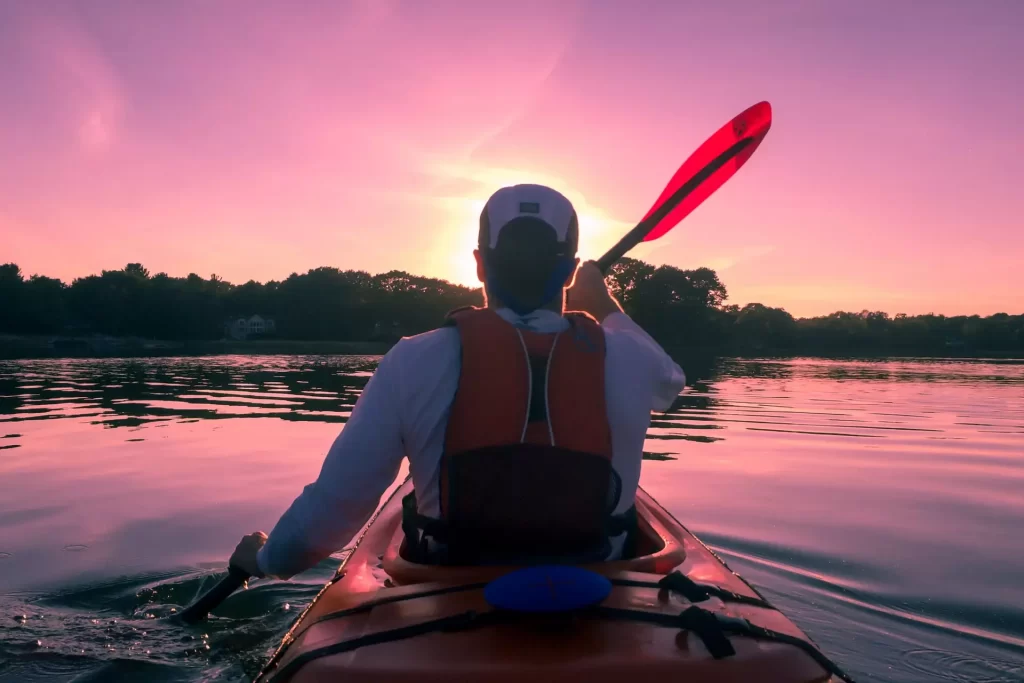

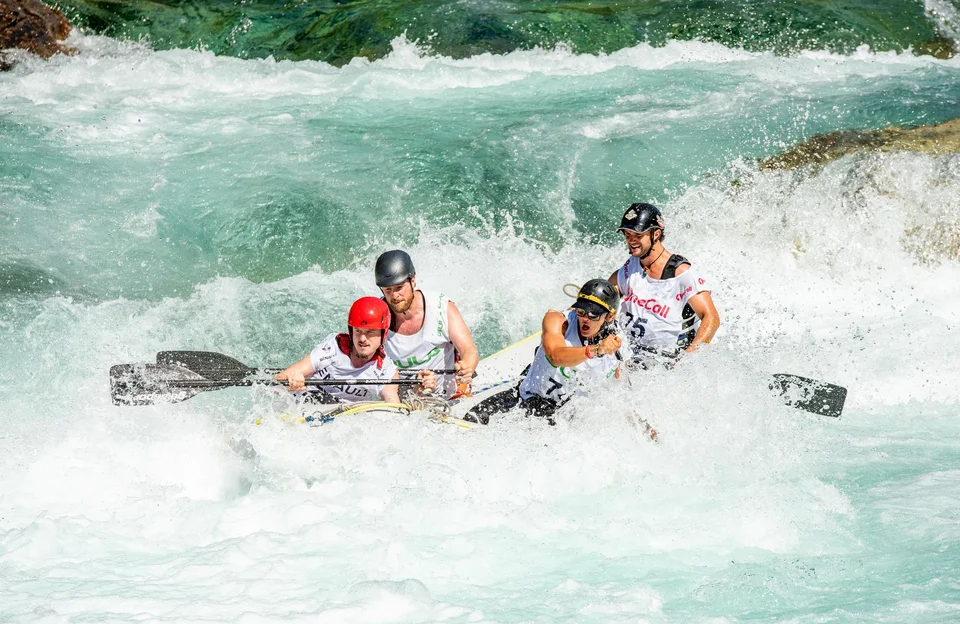
Pingback: Is kayaking hard?: 10 factors you should know. - Safekayaking
Pingback: Sit on top vs sit in kayak: which type is right for you? - Safekayaking
Pingback: Whitewater Kayaking Lessons: What to learn? - Safekayaking
Pingback: 5 Kayaking Mistakes Done By Many Kayakers! - Safekayaking
Pingback: Rainbow River Kayaking in Florida: Know This Before - Safekayaking
Pingback: Night Kayaking: An Upper-Level Kayaking - Safekayaking
Pingback: Kayak Paddle Size Selection Expert Guide - Safekayaking
Pingback: 7 problems with Inflatable Kayaks and How to Avoid Them - Safekayaking
Pingback: Kayaking for Beginner: A must-read article! - Safekayaking
Pingback: 7 Best Kayak Paddles of the Year: A Comprehensive Review - Safekayaking
Pingback: Emerald Bay Lake Tahoe Kayaking: all you need to know - Safekayaking